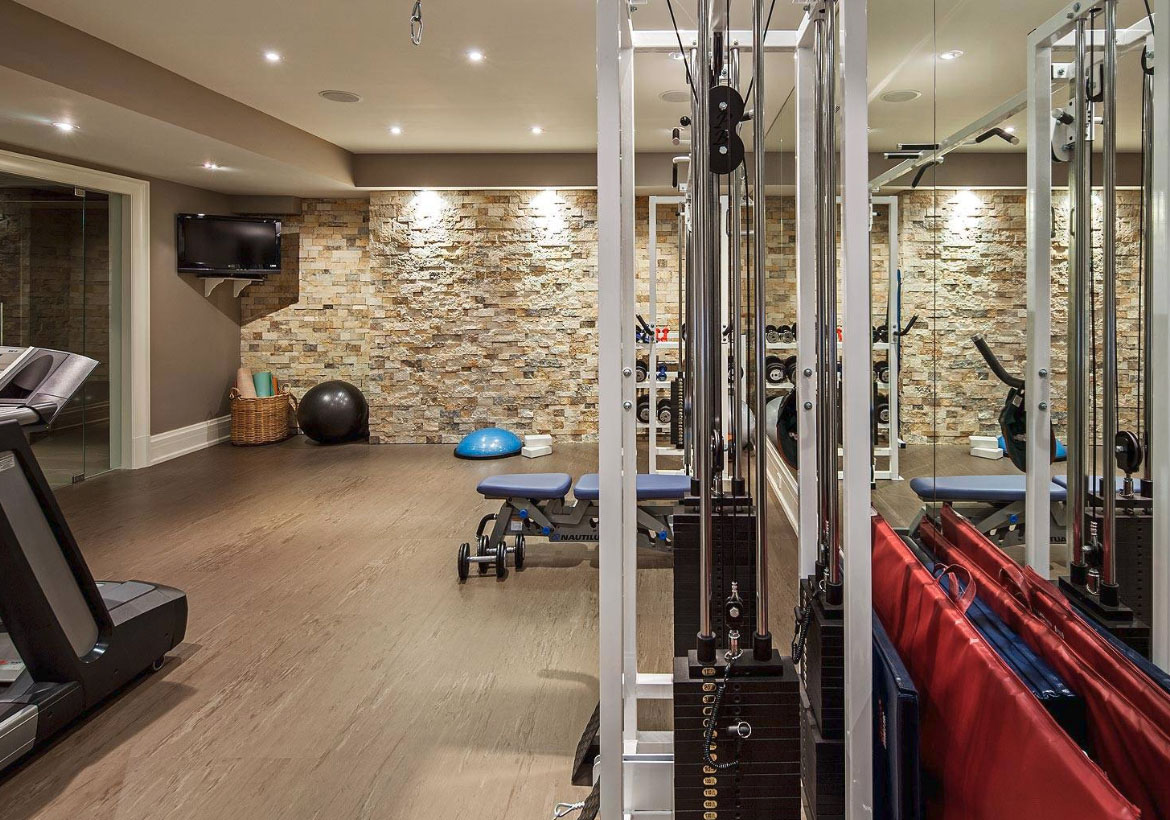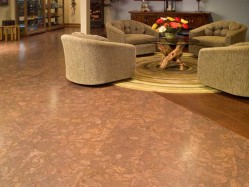When choosing flooring for a basement, it’s important to consider the unique environment of this space. Basements are often more prone to moisture and temperature fluctuations, which means not every type of flooring will perform well down there. Homeowners need materials that can handle potential dampness while still providing comfort and style. It’s not just about how the floor looks—it’s also about durability and practicality over time, especially if the basement serves as a living area, office, or guest suite.
One great option is luxury vinyl plank (LVP), which has become increasingly popular in basements for good reason. It mimics the look of hardwood but comes with a waterproof core and a wear layer that can stand up to moisture. It’s easy to install, especially with the floating floor method, and it offers comfort underfoot without feeling too hard or cold. Since it’s available in many colors and textures, it can suit a range of design styles from rustic to modern.
Another excellent choice is ceramic or porcelain tile, which offers strong resistance to moisture and is nearly impervious to water damage. Tiles work well in finished basements where long-term water exposure may still be a concern. These materials are easy to clean and won’t warp or swell over time. However, tile can be cold and hard, so area rugs or heated underlayment can help make the space more comfortable for daily use.
Carpet tiles are also a smart choice for basements that need a warm, cozy feel. Unlike wall-to-wall carpeting, carpet tiles can be replaced one at a time if there’s a spill or water intrusion. They add a layer of insulation and sound dampening, which is ideal for home theaters or family play areas. Many modern carpet tiles are made with mildew-resistant backing and are designed to be easily installed or removed without hassle.
Engineered wood flooring is another appealing solution, especially for those who love the natural look of real wood. While solid hardwood is not advisable in a basement, engineered wood has a plywood base that handles humidity changes better. Though it’s not fully waterproof, it holds up better than traditional wood and can work in a well-controlled basement environment. It brings warmth and character to a space and works beautifully in home offices or guest rooms.
For homeowners looking for affordability and ease of installation, interlocking foam or rubber tiles can be a practical pick. These are especially popular for home gyms or kids’ playrooms where impact resistance is key. They’re simple to install, offer great cushion underfoot, and can be replaced section by section if damaged. They also provide good insulation against cold concrete floors. While not the most elegant choice, they’re functional and budget-friendly for casual basement zones.
Custom Basement Finish Best flooring for basement, Basement flooring options, Basement flooring
Expert promoting on basement flooring alternatives plus images ideas and recommendation on
Best Home Gym & Workout Room Flooring Options Home Remodeling Contractors Sebring Design Build
Carpeting was removed from the concrete basement floor, repaired, dyed, and polished to a glass
How to Choose Your New Basement Floor
Basement Flooring Project – Project Showcase – DIY Chatroom Home Improvement Forum
Purple metallic epoxy floors 817-480-4797 Metallic epoxy floor, Epoxy floor, Painted floor
Related Posts:




:max_bytes(150000):strip_icc()/5724760157_96a853be80_b-589198183df78caebc05bf65.jpg)






